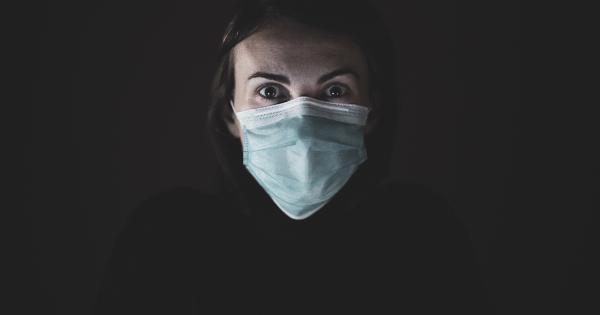Diphtheria is an infectious disease that can be fatal if left untreated. It is caused by a bacterium called Corynebacterium diphtheriae, which produces a toxin that damages human tissue.
Symptoms
Diphtheria typically starts with a sore throat, fever, and swollen glands in the neck. A thick, gray coating forms over the back of the throat and tonsils, making it difficult to breathe and swallow.
The toxin can also affect the heart, nerves, and kidneys, leading to complications such as breathing problems, paralysis, and kidney failure.
Transmission
Diphtheria spreads through respiratory droplets from infected individuals.
The bacterium can survive on surfaces for up to six hours, making it possible to contract the disease by touching contaminated objects or surfaces and then touching the mouth, nose, or eyes.
Treatment
The most effective way to treat diphtheria is with antitoxin, which neutralizes the toxin produced by the bacterium. Antibiotics like penicillin or erythromycin may also be used to kill the bacteria.
However, even with treatment, complications can arise, and the disease can be fatal in up to 10% of cases.
Prevention
The best way to prevent diphtheria is through vaccination. The diphtheria vaccine is usually given in combination with vaccines for tetanus and pertussis (DTP vaccine). Booster shots are needed every ten years to maintain immunity.
Good hygiene, such as washing hands regularly, covering the mouth and nose when coughing or sneezing, and avoiding close contact with sick individuals, can also help prevent the spread of diphtheria.
History
Diphtheria was once a leading cause of death among children, with epidemics occurring every few years. In 1921, the development of the first diphtheria vaccine led to a significant reduction in cases.
However, the disease remains a threat in developing countries with low vaccination rates. In recent years, there have also been cases of diphtheria in Western countries among unvaccinated individuals.
Conclusion
Diphtheria is a serious disease that can have devastating consequences. However, with proper vaccination and hygiene measures, it is possible to prevent its spread and protect individuals from infection.






























